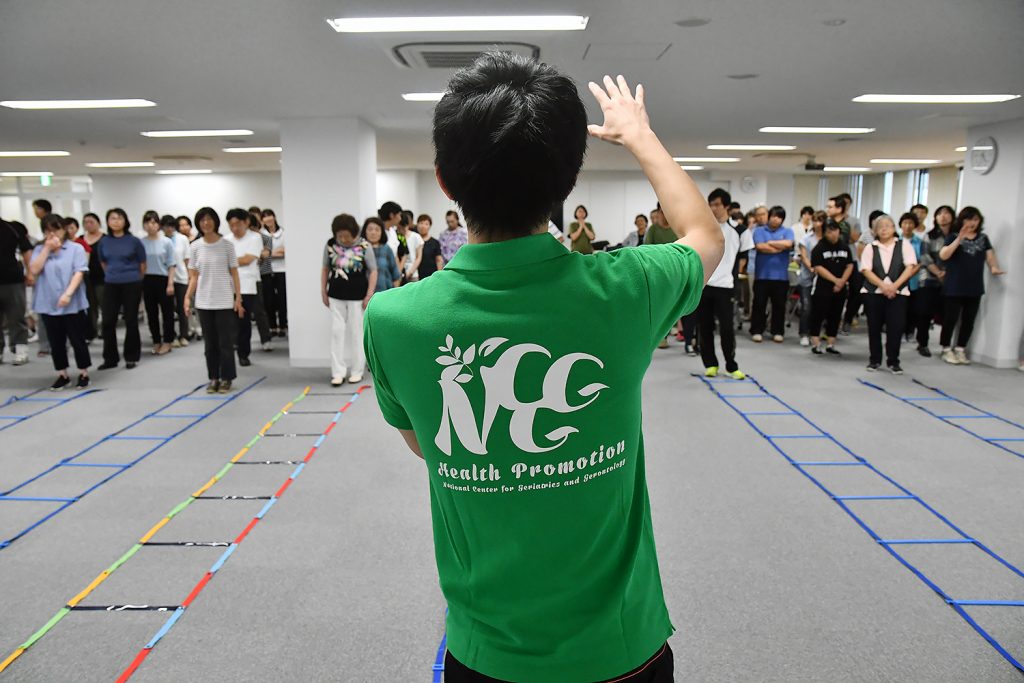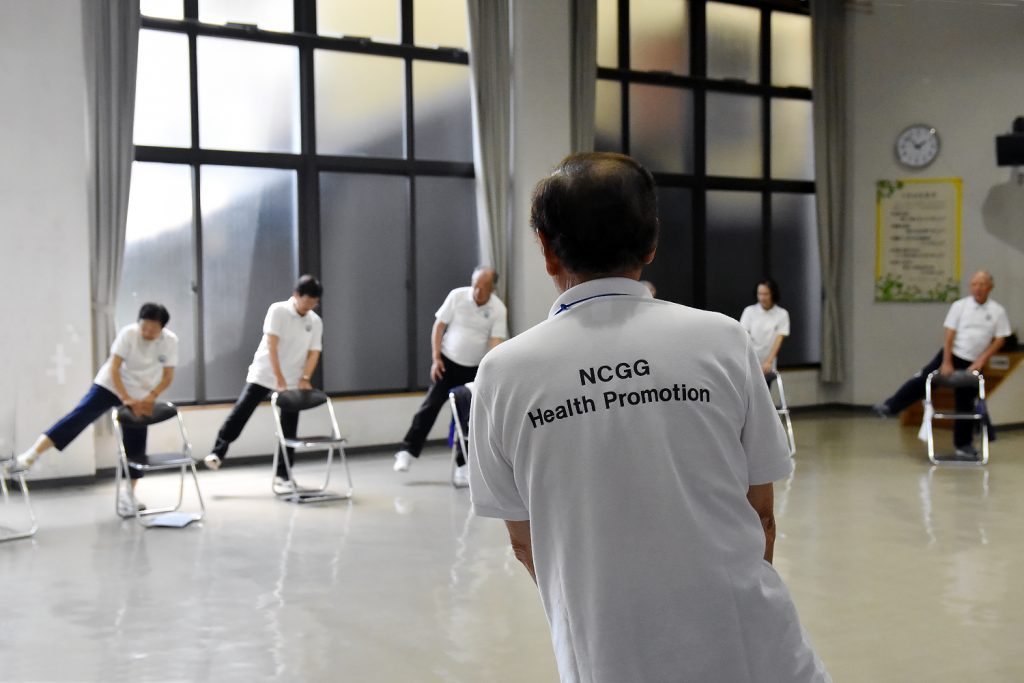The number of people with dementia in Japan is rapidly increasing as the country’s senior population continues to grow. Among Japanese citizens aged 65 and up, there were 4.62 million people with dementia in 2012, and it is estimated that the number will climb to 7.3 million by 2025. The number is increasing globally as well: as of 2015, there were 47 million people with dementia, and that number is expected to grow to 131 million by 2050. What should be noted in particular about that rate of increase is that low- and middle-income countries will be particularly hard-hit by a rapid rise in dementia cases. For that reason, dementia is one of the most serious aging-related challenges facing the world.
There is currently no established treatment for dementia. From the perspective of preventing and slowing the onset of dementia, however, Japan’s National Center for Geriatrics and Gerontology (NCGG) has been advocating the need for a combination of physical exercise and cognitive challenges for seniors with mild cognitive impairment (MCI), and in 2012, they began developing and testing a program called “cognicise.” The word “cognicise” is a combination of “cognition” and “exercise.” While doing moderate aerobic exercise, participants are asked to carry out cognitive exercises that require some thought and that you can easily make mistakes on—for example, mathematics problems or listing all the animals you can think of starting with the letter A. This applies the dual task paradigm, recognizing that as people age, it becomes more difficult to pay attention to multiple things at once. Through a randomized clinical trial, NCGG has shown that an exercise program that incorporates cognicise activities can inhibit the decline of cognitive functions.
Popularizing the program in the community is essential. In the city of Obu, where NCGG is located, there is an exercise club for seniors called the Refresh Club. This club was founded by seniors who had participated in NCGG’s cognicise-related research project and wanted to continue the initiative after the research had ended. One of the members explains, “In cognicise, it’s fun to make mistakes because when you do, everyone can laugh and help each other. I feel the positive effects and am now more aware of my own health. Now, I try to walk to places instead of always driving. ”
NCGG is working to introduce cognicise throughout Japan with the goal of helping to decrease the number of people with dementia. It is carrying out training programs for cognicise practitioners and instructors in an effort to spread cognicise to all parts of Japan, and as of the end of 2017, participants in these courses had come from 45 out of Japan’s 47 prefectures. They have also been conducting joint programs with local governments. One example is a joint program with Kanagawa Prefecture that was launched in 2015 and includes cognicise training as one element. To date, nearly 2,000 people have taken the training course.
Takehiko Doi of NCGG’s Department of Preventive Gerontology emphasized that in addition to being grounded in science, the greatest strength of cognicise is that the seniors themselves enjoy doing it. Because they enjoy it, exercise groups like the Refresh Club are created, serving as a vital part of a given community. There are people who have become sick and had to be hospitalized, but they make it their goal to recover so that they can return to the club. Also, depending on the combination of physical exercises and cognitive problems, there are many different methods to choose from so that in the past, there were participants even in their 90s joining in. Dr. Doi added, “I would be delighted if we can spread cognicise to other countries in Asia and around the world while sharing the basic concept that it can be fun to make mistakes.”
Examples of Cognicise Exercises
Related Resources
SEATED EXERCISE
Participants sit in chairs and march in place while taking turns counting out loud. When they get to a number that is a multiple of 3, they clap instead of saying the number. They keep marching no matter what until they reach an agreed upon number.

STANDING EXERCISE
Participants step up and down on a raised step. Choosing a category such as “fruit,” they take turns naming something in that category without repeating items. They keep going even if someone makes a mistake, continuing for about 15 minutes.





